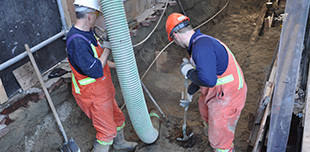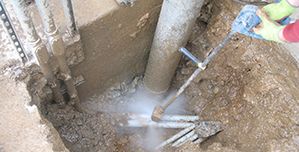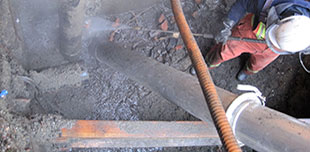A catch basin is something that’s very easy for a busy person to ignore. Catch basins are also known as “storm drains” and are responsible for diverting excess water run-off into proper drainage channels. When they work properly, they help prevent flooding and oversaturation of critical drain fields and homes.
How often you clean your catch basin depends on the purpose that it serves. In BC, many places have catch basins that are connected to sump pumps due to the area’s moist climate and high rates of precipitation. You’ll find BC septic tank cleaning services also come with offers to clean catch basins. Companies such as Edenflo can provide both types of services.
Catch basins shouldn’t be used as dumps for yard clippings or other natural waste. They can not only back up if clogged, but over time, the walls of the basins get caked with debris and their ability to drain run-off is reduced. If the basin is connected to a sump pump, the waste can clog and break the pump itself, which can leave your home flooded during wet weather.
A catch basin should be cleaned every five years if you are not using your sump pump often. If your sump runs frequently, the basin should be cleaned annually and the sump pump should be inspected. You can schedule this service along with septic tank cleaning and maintenance.
Clogged catch basins may require additional remediation. Edenflo can provide this service. The standard remedy for cleaning a clogged catch basin is called hydro excavation. Pressurized water is literally used to excavate the debris out of the basin. The debris is captured with a vacuum on a pump truck.
Preventative maintenance of catch basins is as simple as controlling what debris goes into them and having the basins cleaned on an annual basis. Doing these two things will enable you to avoid most issues with catch basins.








